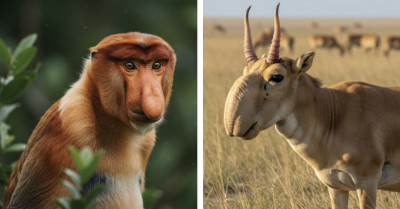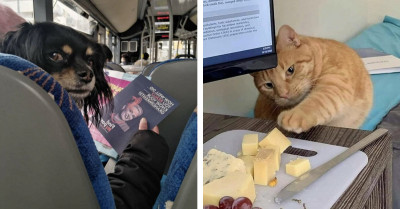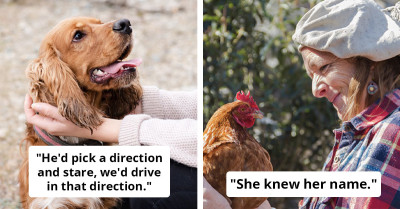Do Dogs Feel Embarrassment and How to Understand Their Expressions
Pet parents often wonder just how deep their dogs’ emotions go. We know they’re capable of joy—the excited tail wags when you walk through the door are proof of that.
They can grieve the loss of a companion, sulk when left alone, and even show jealousy if another pet gets your attention first. But what about emotions that feel more complicated, like embarrassment?
It’s not unusual for dog owners to assume their pets feel ashamed. Maybe your pup tips over the garbage can, and when you confront them, they crouch down, avert their gaze, or tuck their tail between their legs.
To human eyes, it looks a lot like guilt or embarrassment. After all, when we do something wrong or awkward, we often react the same way—by shrinking back or avoiding eye contact.
Still, scientists urge caution when interpreting these behaviors. Human emotions like embarrassment are tied to complex social rules and cultural expectations.
Dogs don’t share those same social systems, which means their reactions may not carry the meaning we project onto them. So, do dogs truly feel embarrassment, or are we misreading signals that serve an entirely different purpose?
Pet parents often wonder just how deep their dogs’ emotions go.
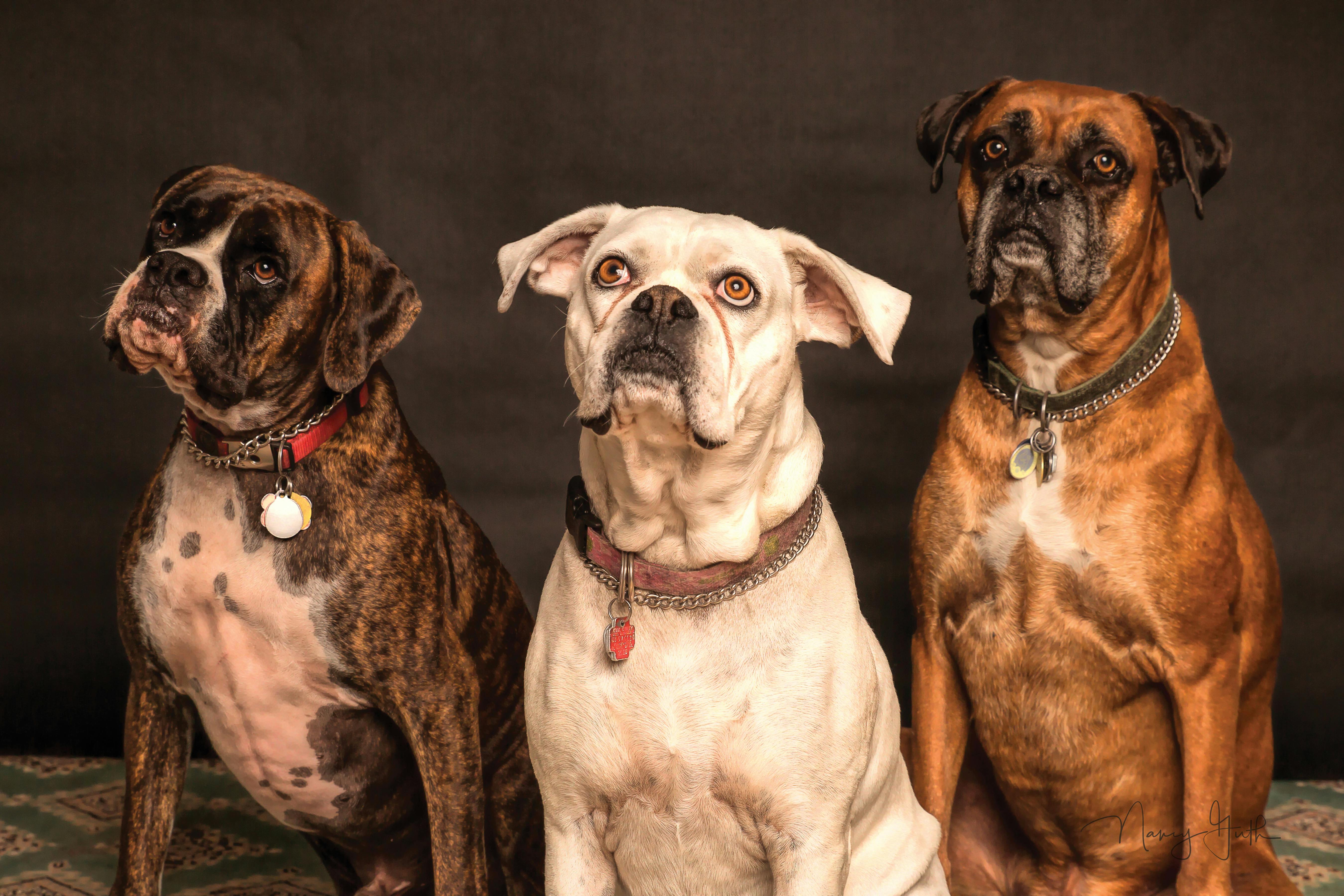
Common Behaviors Mistaken for Embarrassment
Many signs that people interpret as “guilt” or “shame” are actually normal canine responses, such as:
- Flattened ears
- Bowed head and hunched posture
- “Sad” eyes or tucked tail
- Hiding or pacing
- Avoiding eye contact or yawning
These aren’t signs of regret for bad behavior but rather ways dogs communicate stress or uncertainty.
Dr. Patricia McConnell, an animal behaviorist and author, emphasizes the importance of observing dogs' body language to better understand their feelings. She explains that a dog's tail position, ear orientation, and overall posture can reveal their emotional state far more accurately than human interpretations.
For example, a dog with a lowered tail and ears pinned back may not be embarrassed but rather anxious or fearful. By recognizing these signals, owners can respond appropriately, creating a more supportive environment for their pets.
It’s not unusual for dog owners to assume their pets feel ashamed.
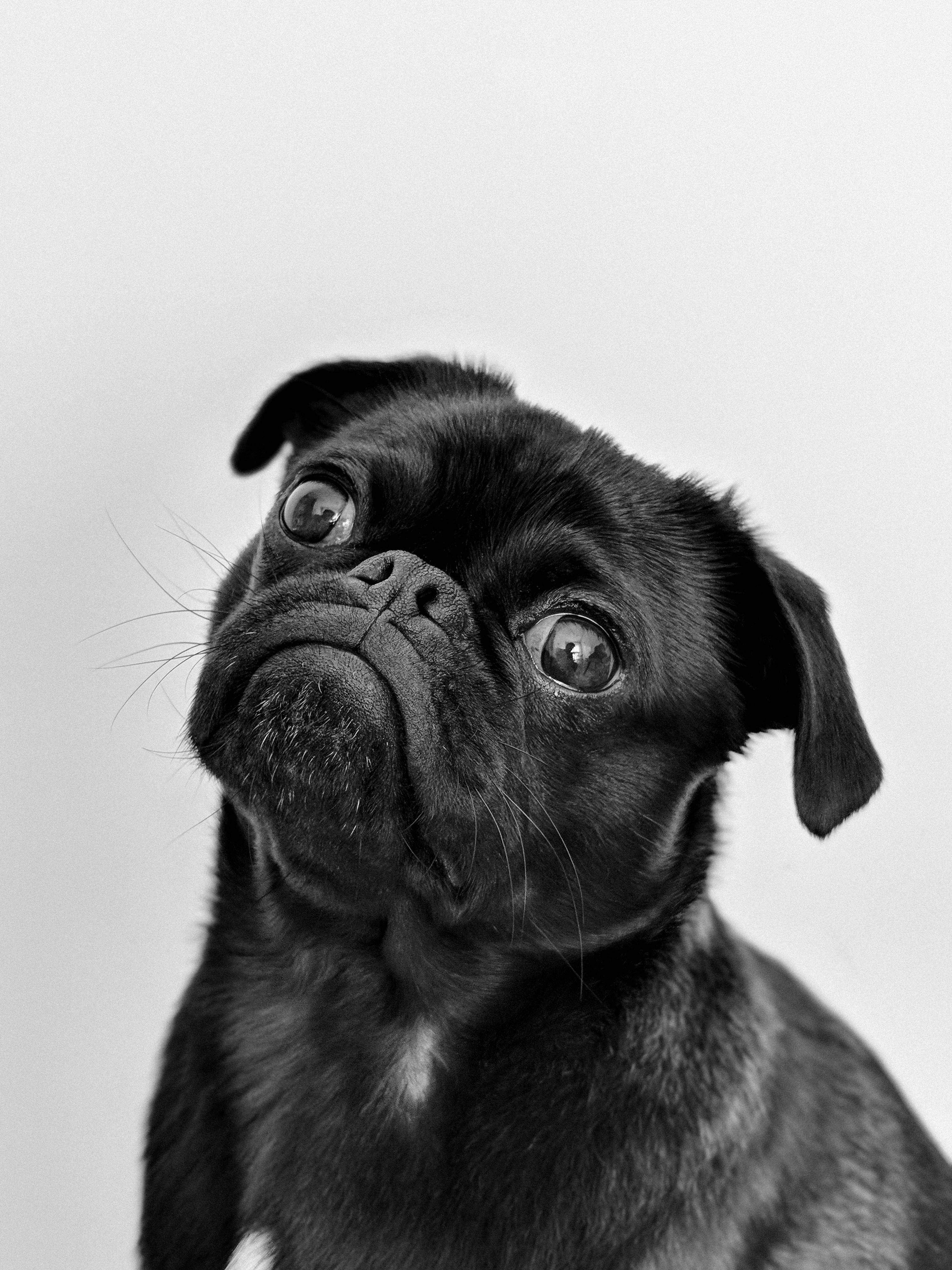
Why It Matters
Assuming your dog feels human-like shame can lead to unfair punishments. For example, scolding a dog for raiding the trash because they “know better” ignores the fact that scavenging is instinctive.
Instead of viewing their reactions as guilt, it’s more accurate to see them as attempts to calm you down or ease a tense moment.
Understanding Your Dog’s Signals
To truly grasp what your dog is feeling, pay attention to context and body language. A dog hiding behind a tree to poop isn’t embarrassed—it may just prefer the texture of leaves.
A post-grooming sulk probably has less to do with appearance and more to do with adjusting to the stress of handling or the new sensation of shorter fur.
Many signs that people interpret as “guilt” or “shame” are actually normal canine responses.

Understanding Canine Emotions
Dr. John Bradshaw, a renowned anthrozoologist and author of 'Dog Sense,' argues that interpreting canine emotions through a human lens can lead to misconceptions. He suggests that behaviors interpreted as guilt or embarrassment are often just normal canine responses to environmental cues.
For instance, a dog may display a 'guilty' posture when they sense their owner's displeasure, not necessarily because they understand wrongdoing, but because they recognize the human's emotional state.
Supporting a Stressed Dog
If you notice your dog frequently showing signs of stress, consult your veterinarian. Depending on the situation, solutions may include calming products like pheromone collars, sprays, supplements, or professional behavioral support.
Key Takeaway
Dogs likely don’t feel embarrassment the way humans do. What looks like shame is usually appeasement or stress.
By understanding canine body language, pet parents can better respond to their dog’s needs—without layering human emotions on top of natural behaviors.
Psychological Insights & Implications
Understanding a dog's emotional landscape requires a shift from anthropomorphism to an appreciation of their unique behavior. Experts like Dr. Patricia McConnell emphasize that "dogs communicate their feelings through body language and subtle cues," highlighting the importance of observing these signals. Additionally, Dr. John Gottman notes that "creating a nurturing environment fosters trust and understanding," which is crucial for enhancing the bond between pets and their owners. By fostering an environment that encourages open communication and positive reinforcement, pet owners can help their dogs feel secure and understood, ultimately enhancing the human-animal bond.
